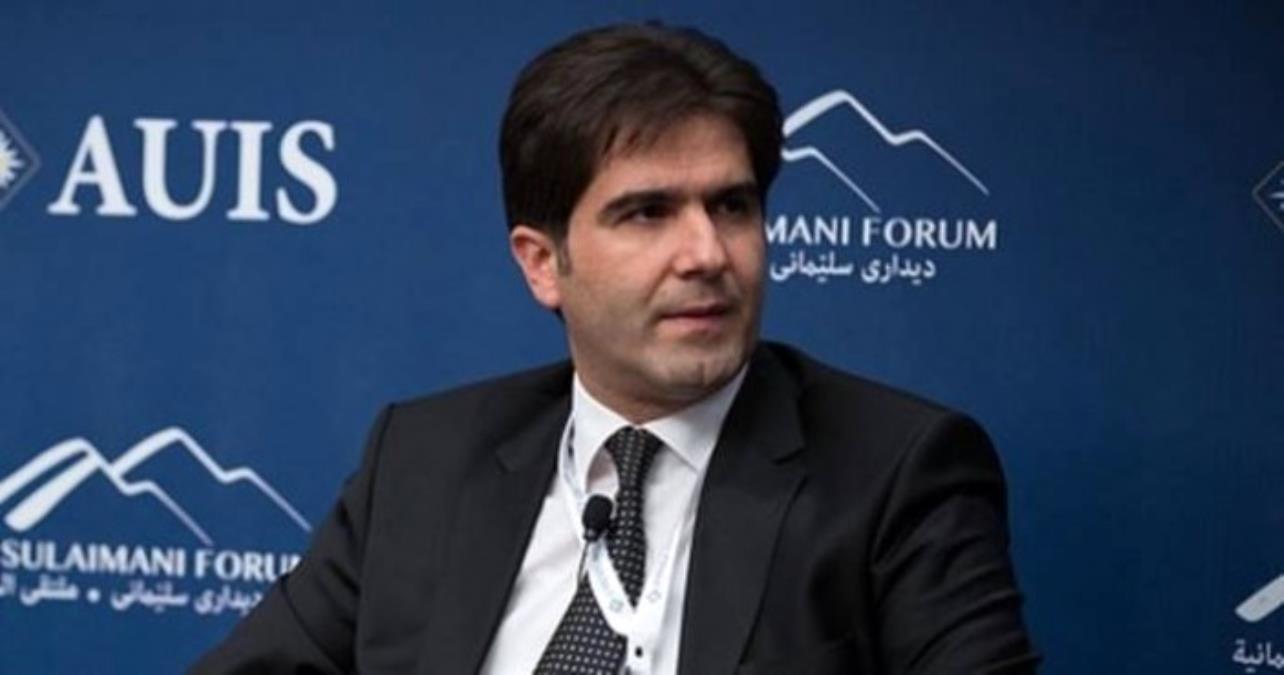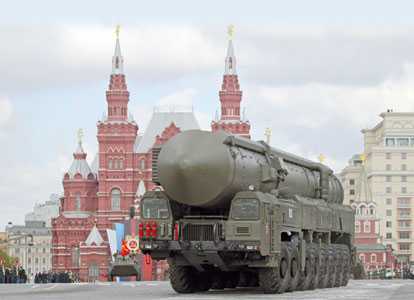“We Will Not Let Our People Go Cold,” Says Turkish Energy Minister
The dispute between Russia and Ukraine over natural gas prices continues to threaten the energy supply to Europe in the midst of plunging temperatures (EDM, January 5). The disruptions caused by the row between the Russian gas company Gazprom and Ukraine’s Naftohaz has already led to the halting of deliveries to many European countries that are dependent on Russian gas. Amid mutual accusations and contradictory claims by both parties, several European leaders and European Union officials have asked those involved to relax tensions (BBC News, January 7).
As a country that depends heavily on natural gas for electricity production and household heating, Turkey is also discussing the implications of the crisis. Turkey’s gas imports from Russia amount to 65 percent of its total needs of 135 million cubic meters (MCM) per day. Turkey imports 40 MCM of gas from Russia a day via the West pipeline passing through Ukraine and Bulgaria and another 35 MCM through the Blue Stream pipeline underneath the Black Sea. Turkey also imports around 15 MCM of gas from Iran and 17 MCM from Azerbaijan per day. The state-owned Petroleum Pipeline Corporation (BOTAS) has signed various contracts to secure the import of the following amounts annually: 16 billion cubic meters (BCM) via Blue Stream, 14 BCM through the West pipeline, 10 BCM from Iran, and 6.6 BCM from Azerbaijan. Moreover, BOTAS has also signed agreements with Nigeria and Algeria for 1.2 BCM and 4 BCM, respectively, of liquefied natural gas (LNG) (Cumhuriyet, January 7).
The International Energy Agency (IEA) maintains that if the gas supply and winter conditions remain unchanged, Turkey, Bulgaria, Romania, and Greece may face problems (www.ntvmsnbc.com.tr, January7). Since Turkey already confronted a similar crisis in 2006, it has had greater experience in learning how to deal with these types of shortages.
At the beginning of the crisis, representatives from BOTAS and the Energy Ministry announced that the Ukrainian crisis was not affecting Turkey and the gas flow from both West line and Blue Stream, as well as from Iran, was continuing. They also noted that Turkey did not expect a cutoff in the West line but that there were contingency plans in case this did happen. BOTAS officials noted that the underground tanks were full and Turkey could increase the capacity of Blue Stream up to 50 MCM by activating a compressor station in Corum (www.ntvmsnbc.com.tr, January 2).
When the news about Russia’s decision to cut off gas to Ukraine arrived, Energy Minister Hilmi Guler told reporters that gas supplies from the West pipeline had been completely halted. Guler also noted that the gas supplies from Blue Stream would soon be increased to 48 MCM per day. He assured the Turkish public, “We will not let our people go cold” (Anadolu Ajansi, January 6).
Guler announced that Turkey had already started to implement some precautions. First, the ministry asked the power stations producing electricity from natural gas to switch to secondary fuels. Although Reuters reported that in three stations electricity production had been halted (Hurriyet Daily News, January 8), energy officials have denied these claims, saying that production was continuing normally (Cihan Haber Ajansi, January 8).
Moreover, if the supply shortages continue, the ministry plans to cut gas delivery to industrial facilities producing their own electricity from natural gas that is sold at subsidized prices. Since falling industrial production due to the global economic crisis has already reduced Turkey’s energy consumption, such reductions would probably not create major power supply problems. Nonetheless, experts note that using alternative sources such as fuel oil to produce electricity is likely to increase production costs by up to 20 percent (www.ntvmsnbc.com.tr, January 7).
Furthermore, like other countries, Turkey has started tapping strategic reserves and using LNG. Guler noted that six ships were scheduled to bring additional LNG in January; and, if need arose, Turkey would seek additional deliveries. According to official sources, if deliveries arrive as scheduled, Turkey will be unlikely to experience major shortages. At the same time, Turkey is working to expand the daily supply capacity of its underground reserve depots.
A source from the Iranian Embassy in Ankara said that Iran was ready to increase its gas exports to Turkey to offset the shortfall, as long as Iran’s domestic consumption did not prevent it (Today’s Zaman, January 7). Minister Guler said, however, that additional supplies from Blue Stream would be enough to maintain the supply balance and that Turkey would not take up the Iranian offer. Last winter, when Iran cut exports to Turkey due to its own domestic needs, Gazprom helped avoid shortages by increasing its supplies to Turkey. Given this experience, Turkey’s reluctance to rely on the Iranian option is understandable.
Overall, the goal of these measures is to reduce the impact of the crisis on households. Since major metropolitan areas rely on natural gas for heating, the public has become increasingly worried about these developments. In response to this concern, the IGDAS gas distribution company in Istanbul issued a statement maintaining that the gas and LNG depots supplying the city had sufficient reserves and that there were no grounds for anxiety about shortages in Istanbul (www.nethaber.com, January 6). The precautions in place have already reduced Turkey’s daily consumption from 130 MCM to 107 MCM (www.cnnturk.com, January 7).
Despite the optimistic statements from official sources, energy expert Necdet Pamir maintains that Turkey’s reserve capacity is too limited, which makes it vulnerable to such supply shocks. Moreover, Pamir notes that switching to secondary sources for electricity production by buying LNG on spot markets incurs additional costs (www.cnnturk.com, January 7). Some experts claim, however, that under the contract between Turkey and Russia, Gazprom will have to compensate Turkey for its losses (Cihan Haber Ajansi, January 6).
Other experts refer to the positive implications of the crisis for Turkey. Bahadir Kaleagasi, the Turkish Industry and Business Association Representative to the EU, notes that the row once again demonstrates the vulnerability of Europe’s energy supplies. The EU will come under pressure to diversify transportation routes, which will strengthen Turkey’s position in negotiations over the Nabucco project for supplying Europe with gas by means of pipelines going through Turkey (ANKA, January 7).
https://jamestown.org/program/we-will-not-let-our-people-go-cold-says-turkish-energy-minister/


